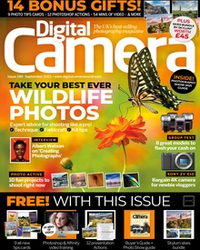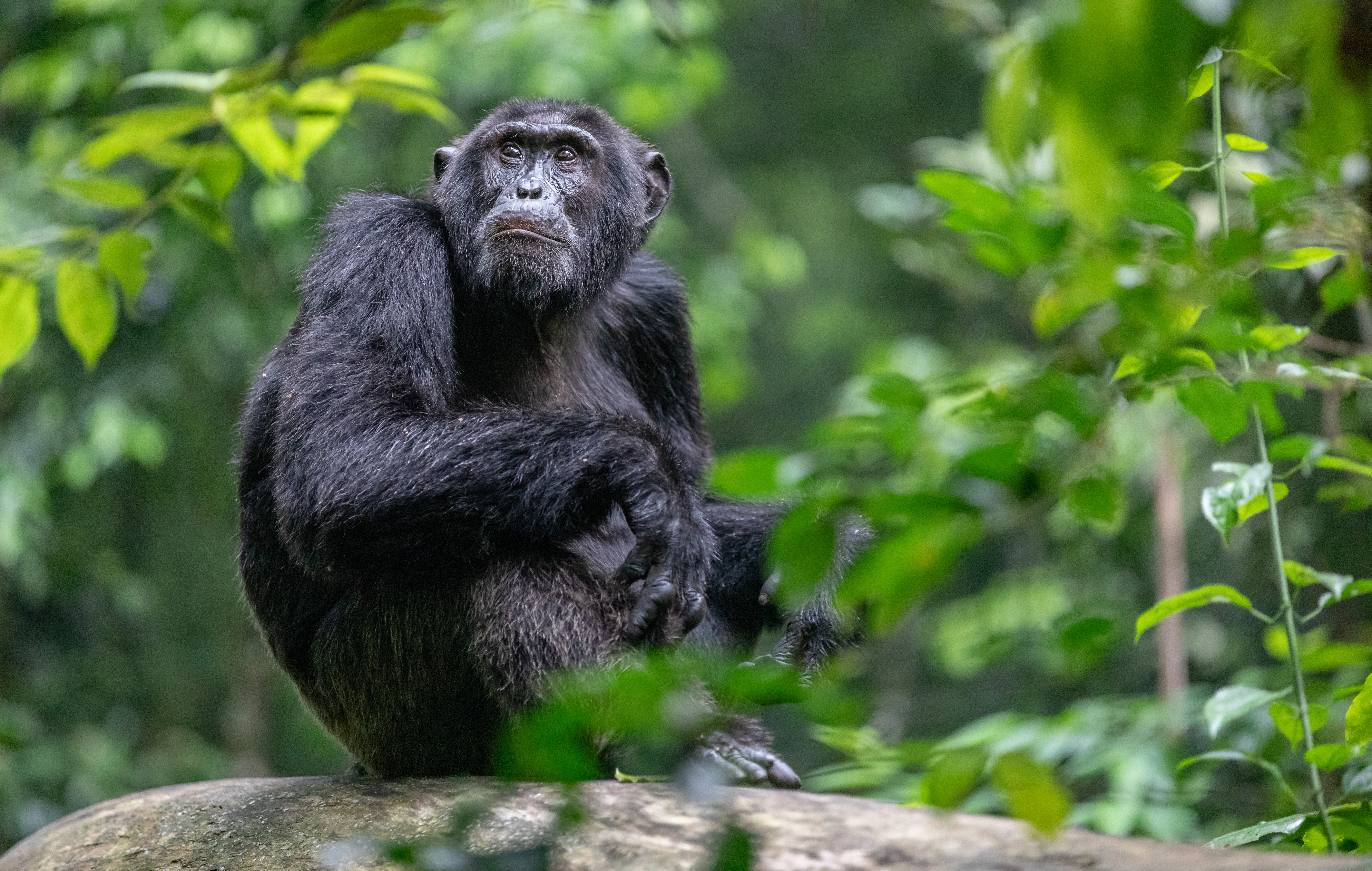Marsel van Oosten: how death metal helps my wildlife photography
The multi-award-winning photographer talks about his new book "Mother" and the dire state of planet Earth
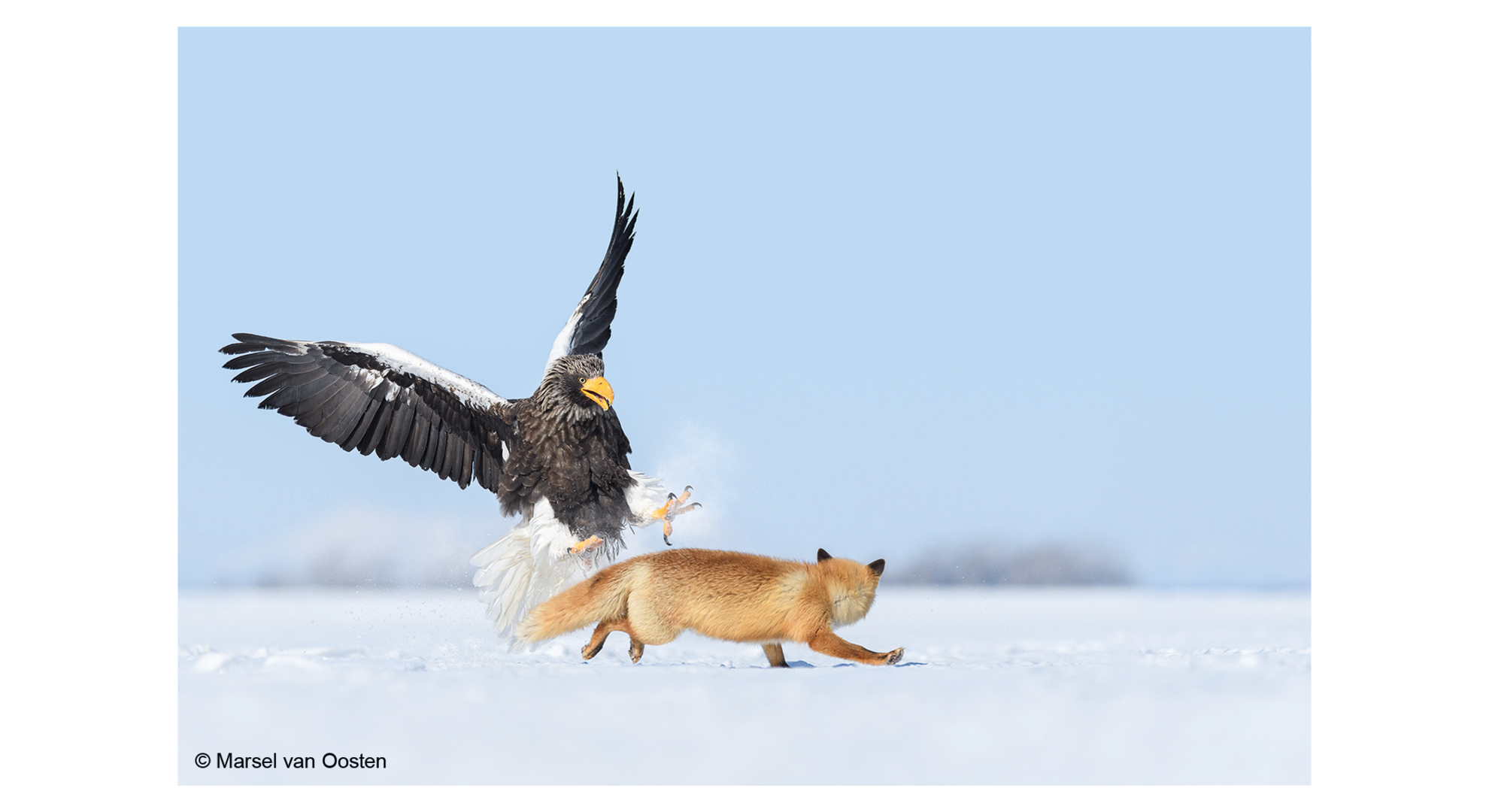
Marsel van Oosten’s 15-year photographic career has been filled with many highlights, with expeditions from Namibia to Norway to Yemen, creatively capturing the natural world, from golden snub-nosed monkeys, lions and polar bears to rock formations and dragon blood trees.
Along the way, he’s become the world’s only nature photographer to win the ‘Grand Slam’: the grand titles for Wildlife Photographer of the Year, International Nature Photographer of the Year and Travel Photographer of the Year. “It flew by,” he reflects.
Many of Marsel’s greatest images from the past 15 years – from classic, famous photos to previously unseen work – are collected together in his new book Mother, described as a tribute to Mother Earth.
But talking to the Dutch photographer, now 52, there’s a hint of regret that he didn’t start working as a photographer earlier. Marsel initially graduated from the Royal Academy of Arts in Rotterdam with a BA in art direction and graphic design, and worked for 15 years as an art director for international ad agencies, winning awards including Gold Lions at the International Advertising Festival in Cannes.
His art and design background comes through in his photos, which draw on the motto (often, questionably, credited to Leonardo da Vinci), “Simplicity is the ultimate sophistication”.
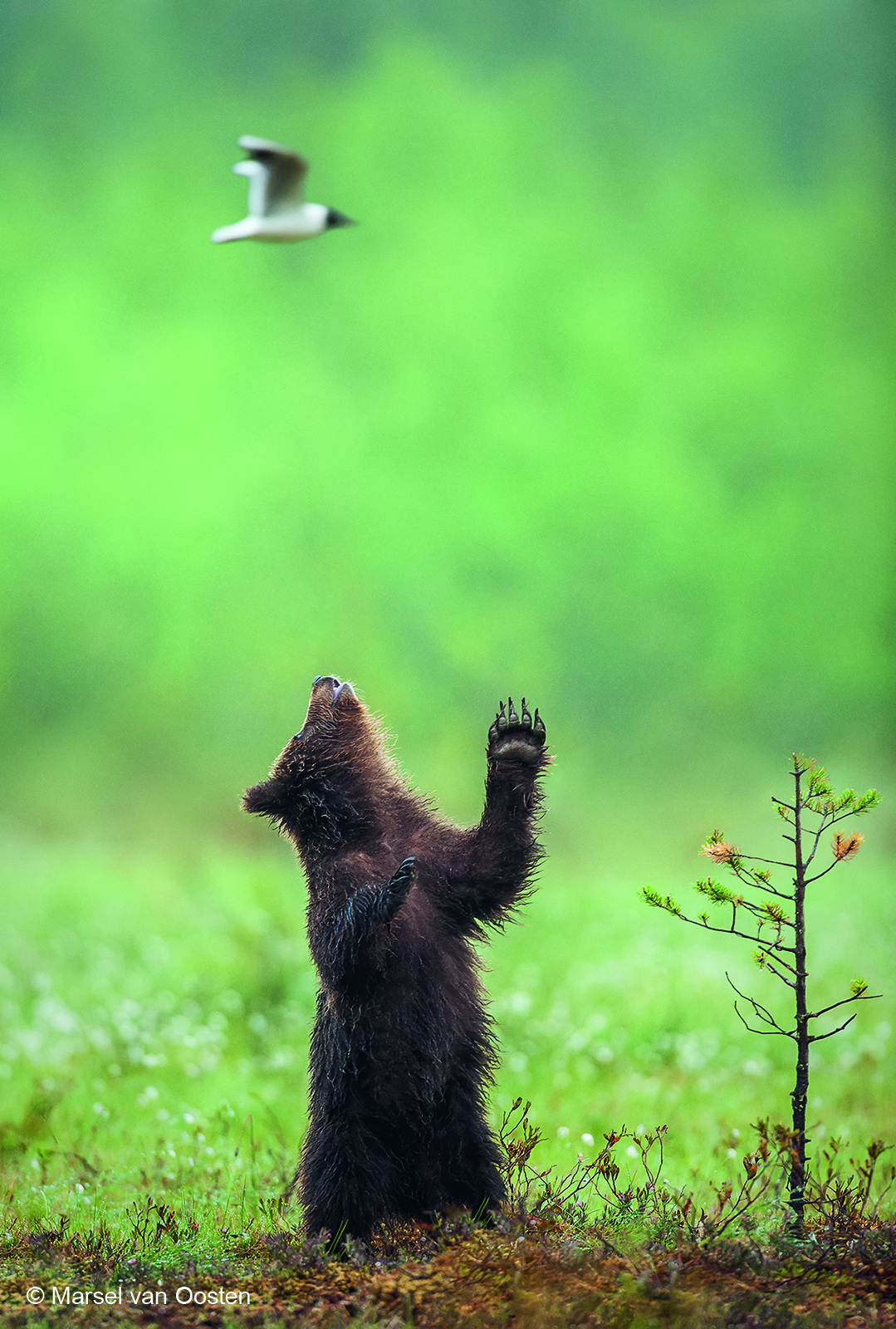
What was it like to look back on 15 years of expeditions and photos?
It’s been like a rollercoaster. Also, when I look back, I think, “Oh man, I should have started way earlier.”
Get the Digital Camera World Newsletter
The best camera deals, reviews, product advice, and unmissable photography news, direct to your inbox!
At the same time, I think all the experiences I’ve had led eventually to me making this decision to become a nature photographer. If I hadn’t had that experience in my previous career, I may never have decided to do this in the first place.
Given what you’ve achieved in photography, some people might find it odd to hear you sounding regretful.
Yes. But it’s not about the achievements: it’s much more about the experiences. The kind of life I live now is so much more valuable than the life I led. Before, I was working in advertising, and it was fast-paced – and, for me, it was the world of make-believe. The life I lead now is the opposite. It’s not make-believe. Nature is real. It’s truth. I think what I do now is a reaction to what I did before.
Your new book ‘Mother’ is a tribute to the planet. How do you think Mother Earth is doing currently?
It’s not doing well at all, and it hasn’t been doing well for a very long time. That’s the frustrating part. We’ve seen this happening for decades on end: the pollution, climate change, deforestation, population growth…
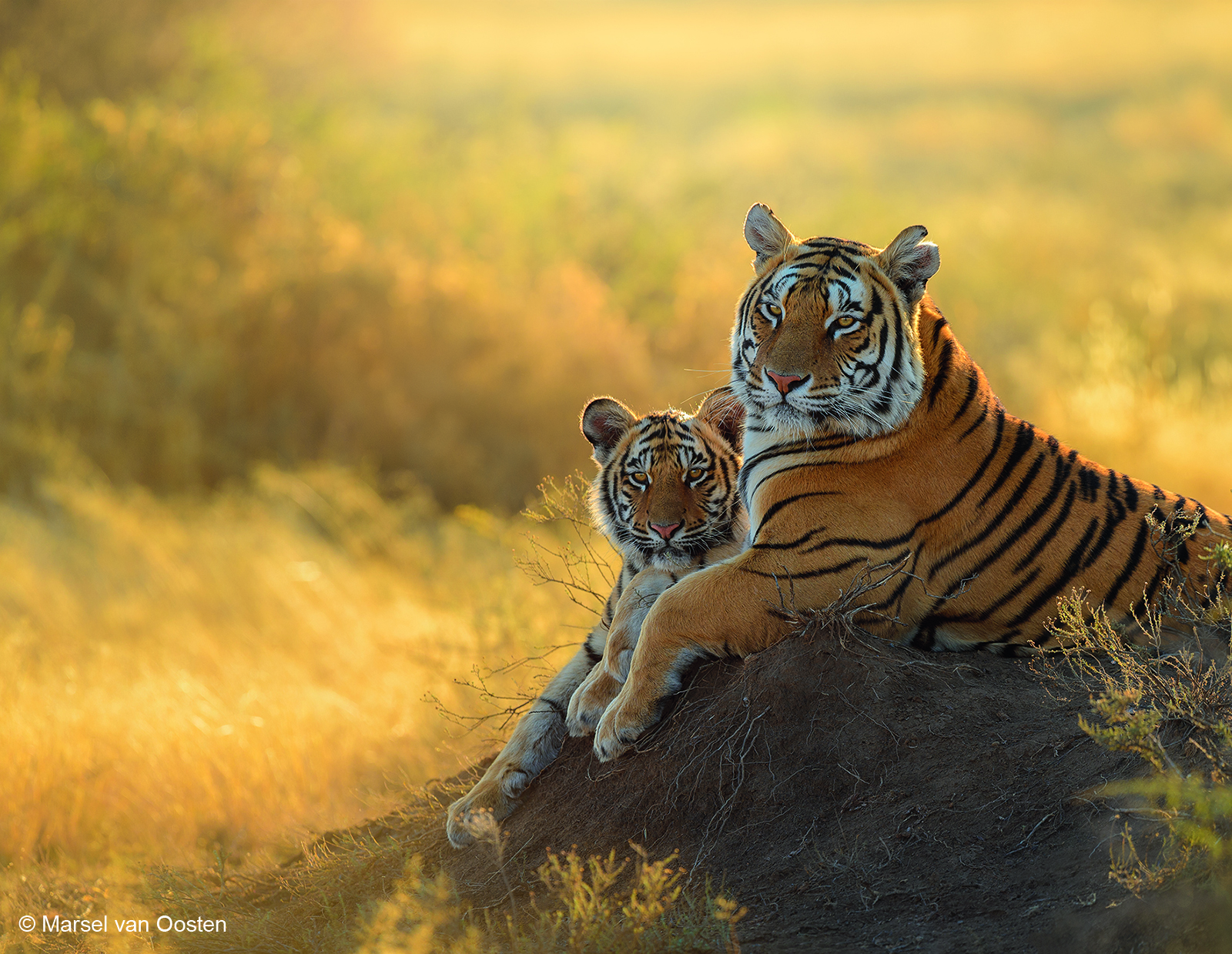
What impact do you think photography can have?
I see positive results in terms of awareness, which is the first step in conservation. That’s always something that I aim for, because it’s the most important thing to happen. If people don’t know a certain species is threatened with extinction, or doesn’t even know that the species exists, you can’t expect a lot of conservation work to be done for that species. That’s my primary goal.
You’ve talked about the idea that ‘simplicity is the ultimate sophistication’. Do you think simplicity makes for more effective images?
I don’t necessarily think it makes images more effective – but I’m certain it makes me enjoy my images more. I’m very focused on the graphic design part of photography. I like adding hierarchy to the chaos inside the frame. I get great pleasure from moving shapes around within the frame.
I’m very organized as a person. In my house, everything is super-graphic and organized, and there’s no visual clutter anywhere. That’s just who I am. That’s how I like to work. From a visual point of view, that’s what I appreciate the most. Whether it’s a car I buy or a photo I make, it’s always the same criteria that I use.
You describe yourself as “a death metal connoisseur”. What role does death metal play in your creative process?
It’s very important. It’s something that sparks my brain. I’m actually quite an introverted person. I’m quiet and not very expressive in my body language. I don’t like to dance.
But up in my head, everything is really wild. If I’m working on my images, the processing itself doesn’t require any higher thought. I’m just working on colors, and things like that. I find it good to have something going on that keeps my brain occupied on other stuff, and death metal is one of those things.
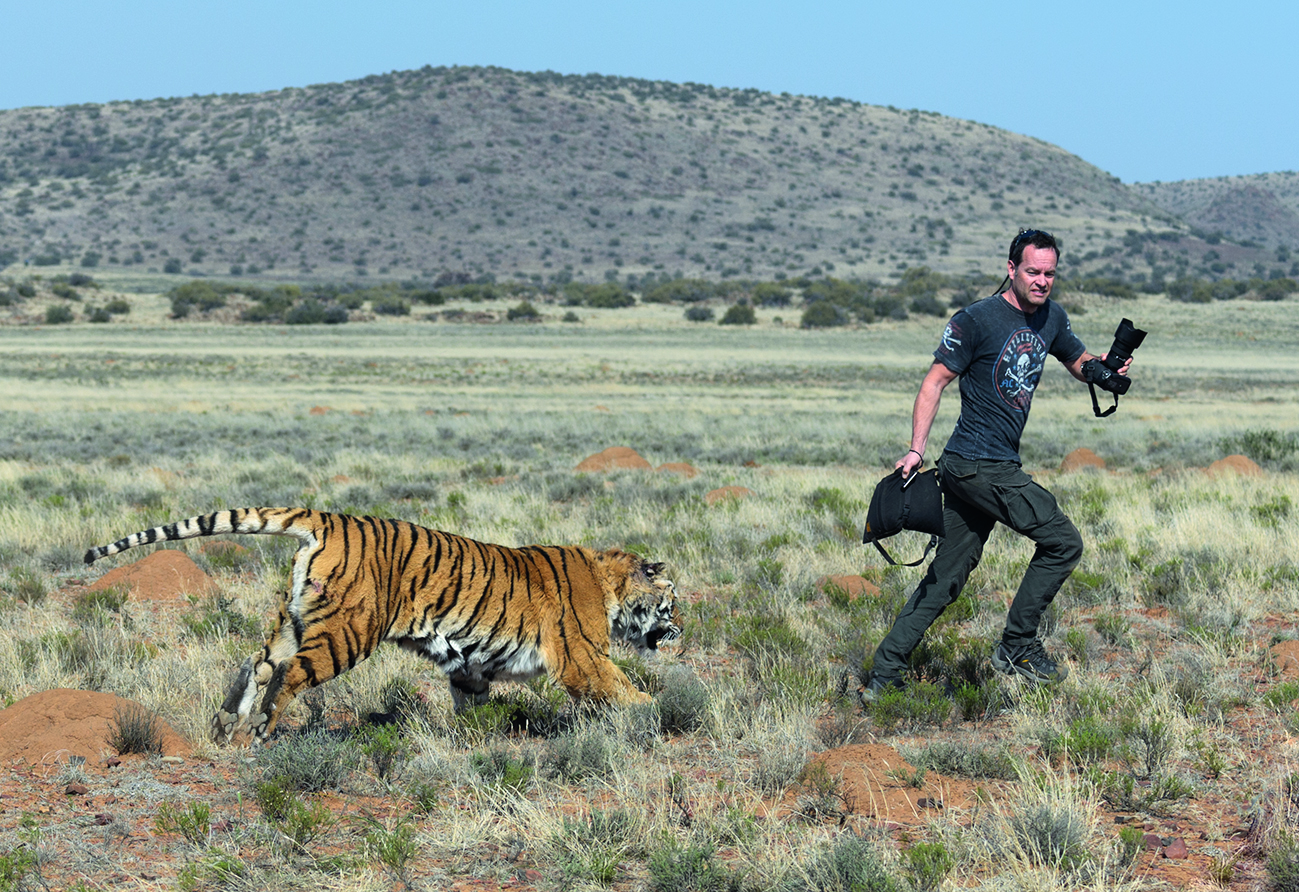
You’ve discussed post-production online, including the ‘natural history versus art’ debate, and the rules people apply to nature photography. Where do you stand on the debate?
I find the debate extremely frustrating. The first thing you have to decide is whether you think that nature photography is in the ‘art’ section or the ‘news’ section.
If you think nature photography should be like documentary photography, news photography, scientific research or evidence, then I understand why you’d be extremely conservative with post-processing.
But the moment that you put nature photography in the same category as all other forms of photography, you should be a lot more lenient, and more open to processing.
That doesn’t mean I’m not bound by any rules: I actually have a ton of rules I work with. But those rules are self-imposed. I’ve decided this is how far I go, and not further.
What rules do you apply to your work?
If you look at my work, it’s very natural-looking, very realistic. That’s just the style I like. I’m not going to go completely overboard with processing. But at the same time, I think people should be absolutely free to do that, because it’s an art form.
I don’t feel any artist should feel the need to explain how or why they’ve done something. That shouldn’t be an issue.
No-one asks when they see a car photo, “Did the car really look like that?” We should ask why this issue constantly comes up in nature photography.
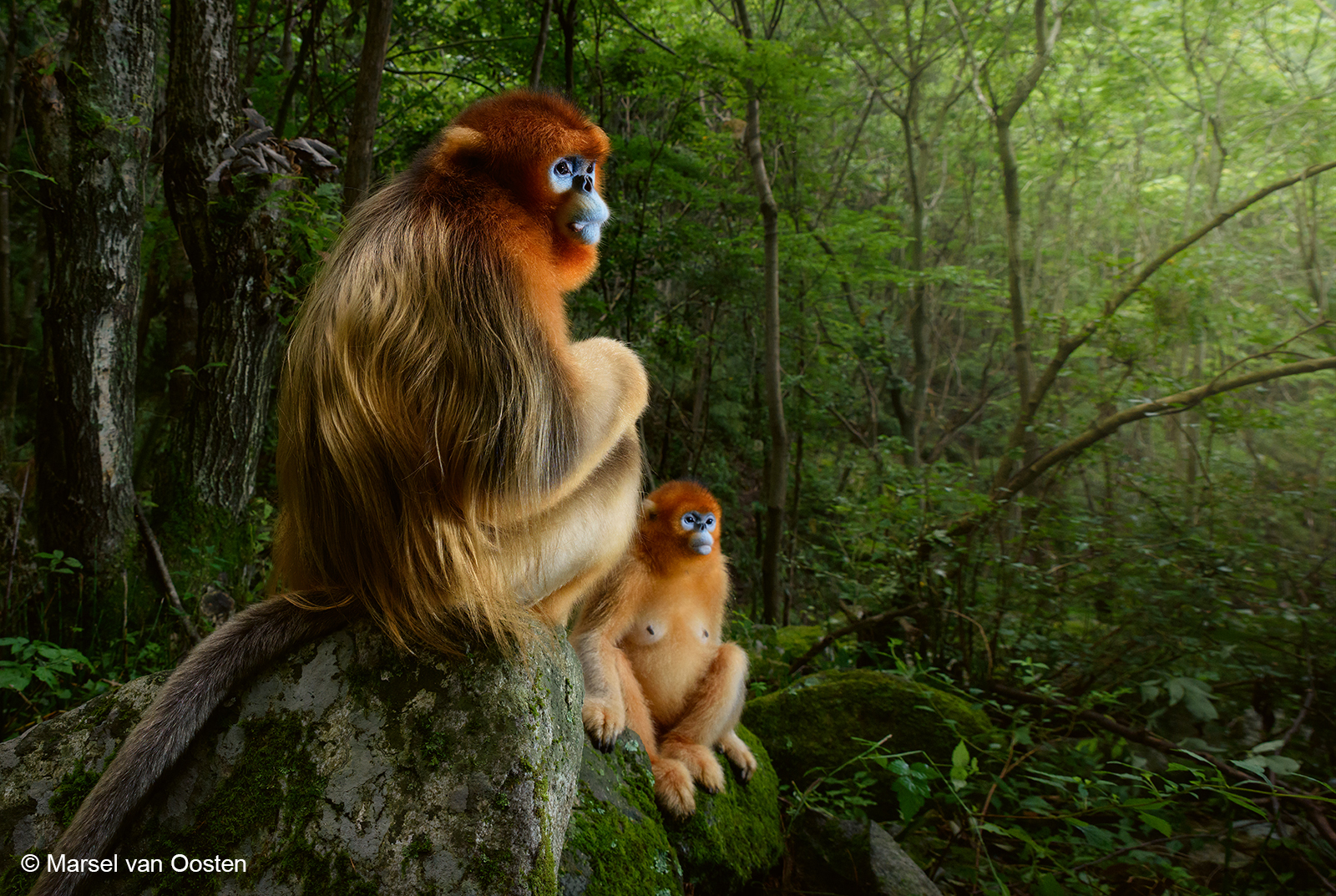
Your photo of a pair of endangered golden snub-nosed monkeys in China’s Qinling mountains (‘The Golden Couple’) won the grand prize at Wildlife Photographer of the Year 2018. How difficult was that photo to get?
The most important thing for me is always to research before I go, finding out exactly where this species lives, and then determining what will give me the best opportunities.
I managed to get in touch with local researchers, and I was able to venture deep into the nature reserve. These monkeys aren’t necessarily difficult to find, because they’ve been researched for some time. They’re almost like a tourist attraction. But I was focused on getting a certain shot.
In my photography, I’m focused on habitat. If I see a species, my first instinct is to ask, “What’s the habitat like?” Often, I don’t like the habitat.
So my primary goal is “How can I photograph this species in a better habitat?” In this case, it was a matter of following them. They live high up in the mountains, which are super-steep. They move fast, jumping from tree to tree, whereas I was just walking. It was challenging to keep up with them.
The biggest challenge was to get a shot like ‘The Golden Couple’. The male in the foreground has really beautiful long guard hairs on the back. That’s something I wanted to photograph.
But the problem is that if you photograph an animal from the back, you don’t get to see the face because it’s looking away from you. I was trying to get a three-quarters angle, where I could see the hairs on the back and see the face, so I was just hoping it would look sideways.
All this is happening in a beautiful setting. I’m always hoping for the impossible, because animals don’t really listen. But eventually they sat there and looked in the right direction, and I got that shot.
‘Mother’ by Marsel van Oosten is on sale now
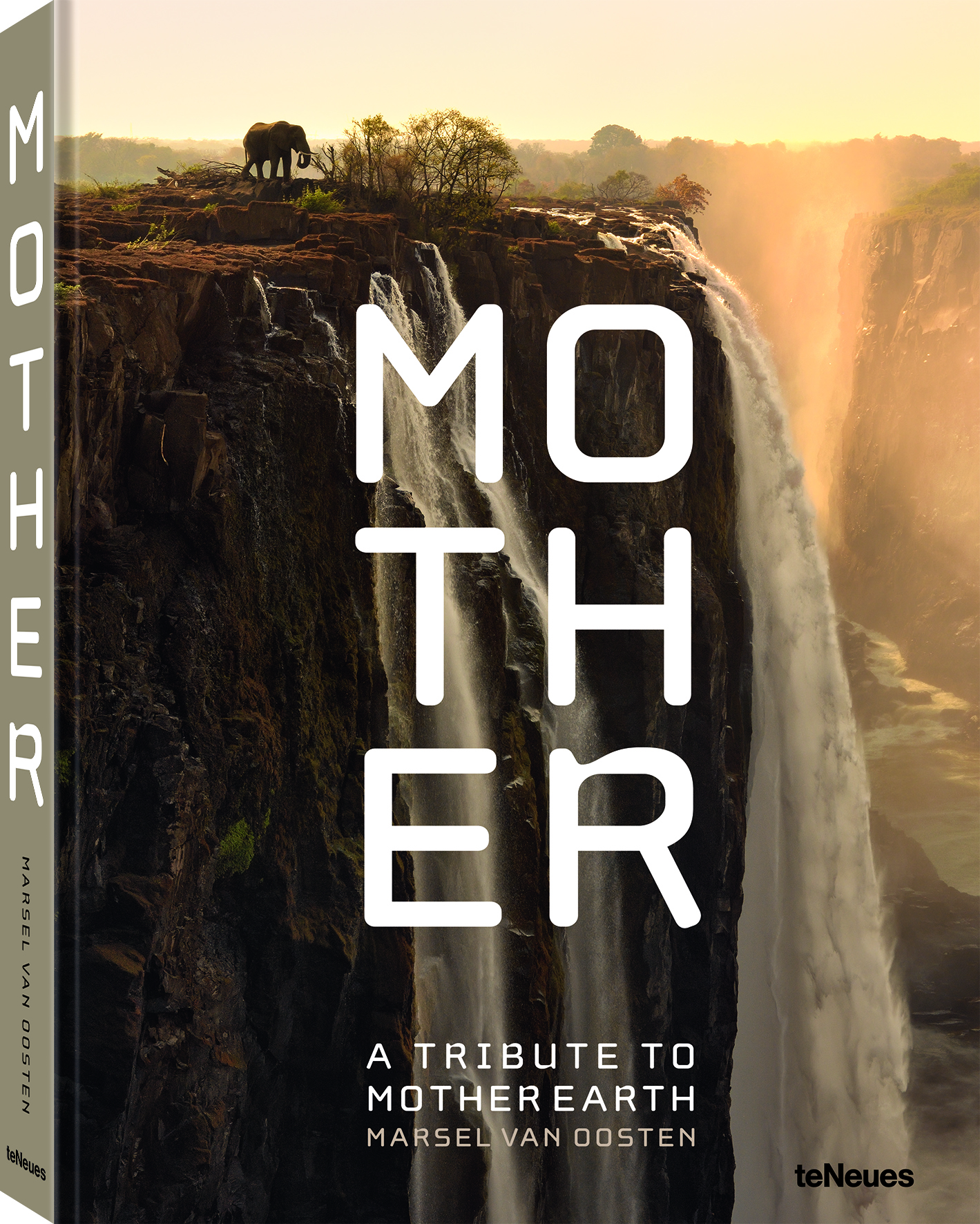
‘Mother: A Tribute To Mother Earth’ by Marsel van Oosten, with a foreword by biologist and evolutionary theorist Bret Weinstein, is published by teNeues (ISBN: 9783961713349), $75/£50.
This is an edited version of the interview with Marsel van Oosten that appeared in the July 2021 issue of Digital Camera World magazine.
Back issues – in print and digital formats – can be purchased from our Magazines Direct website. Choose the format you want from the drop-down menu when specifying your country name.
Digital Camera is the definitive guide to digital photography. Every issue comes packed with expert advice, in-depth tutorials, free gifts and inspirational images. Digital Camera has the sole aim of helping you become a better photographer.
3 issues for $3 / £3 / €3 Offer ends 10am, 17 October 2021 (GMT)
Read more
The best cameras for wildlife photography
5 pro tips for photographing roe deer
